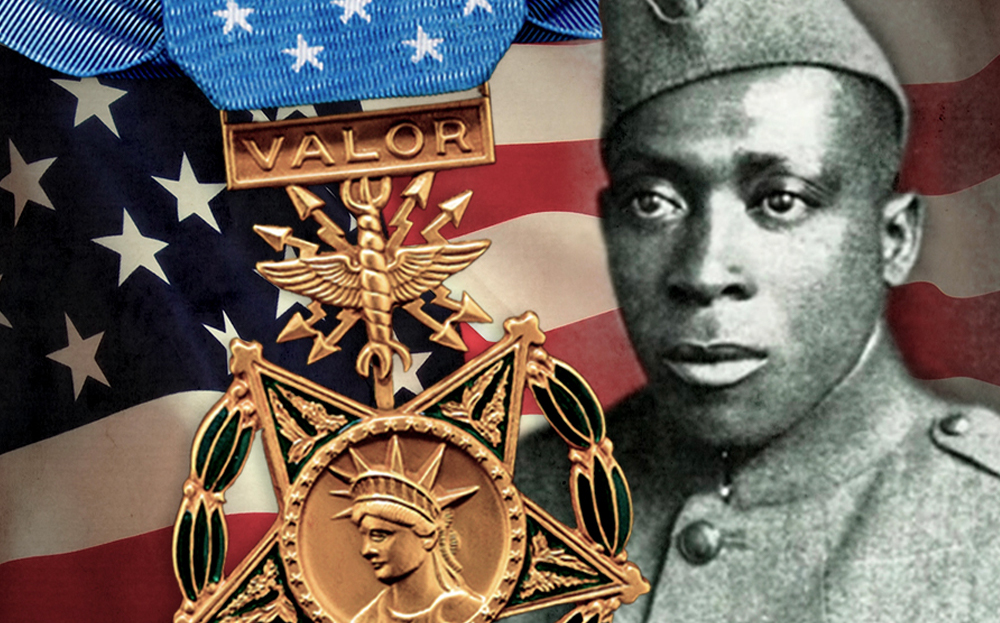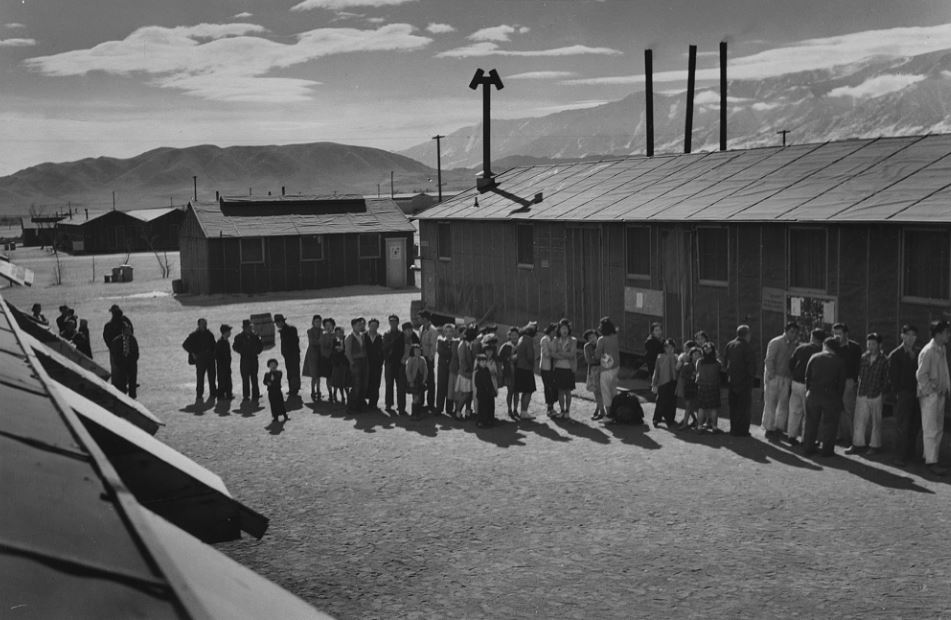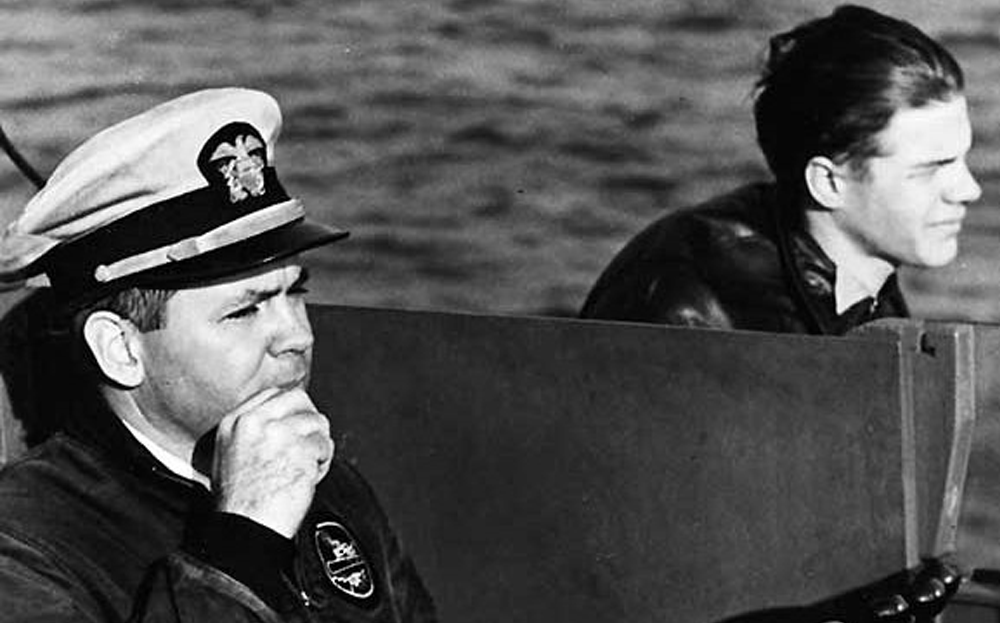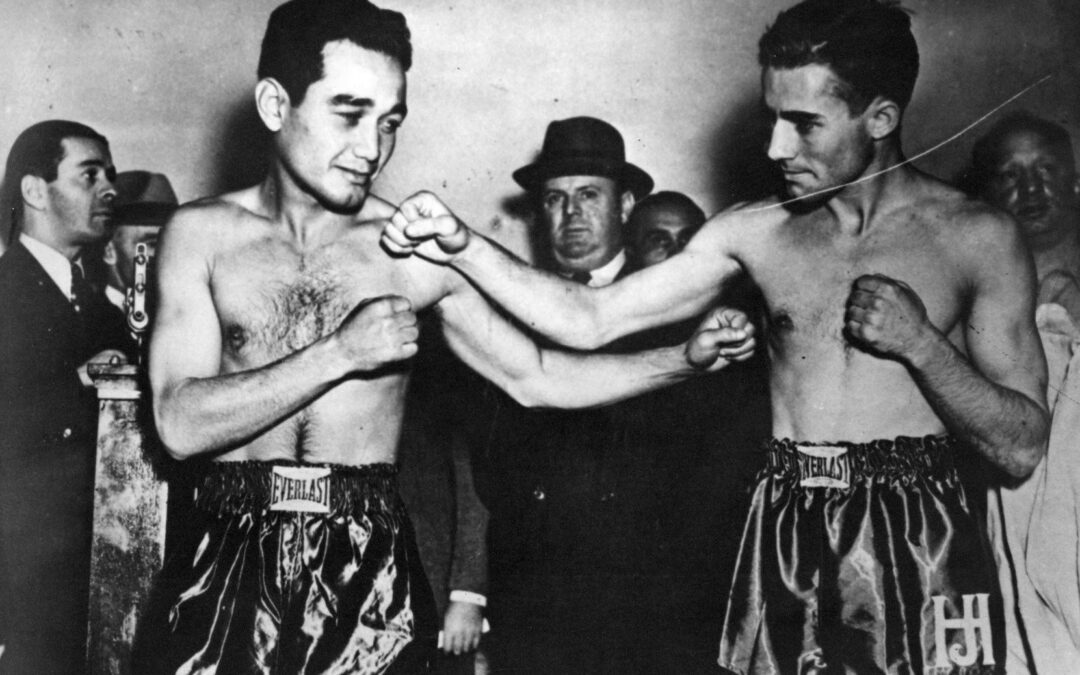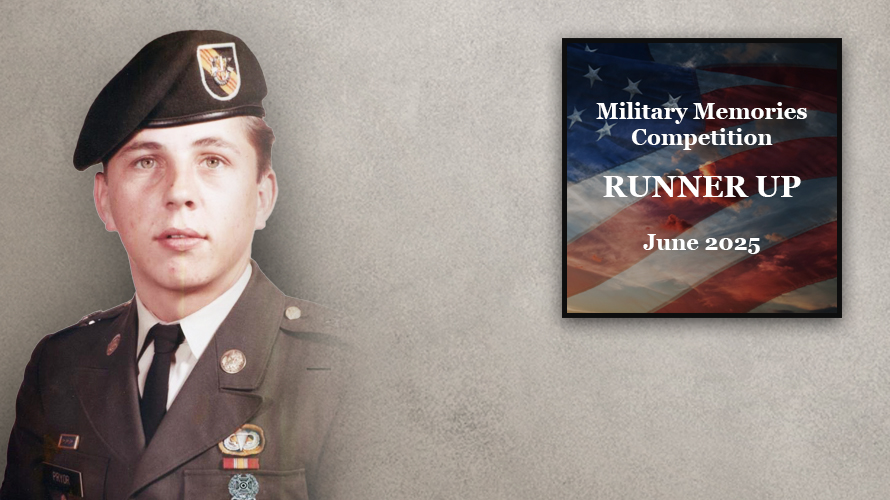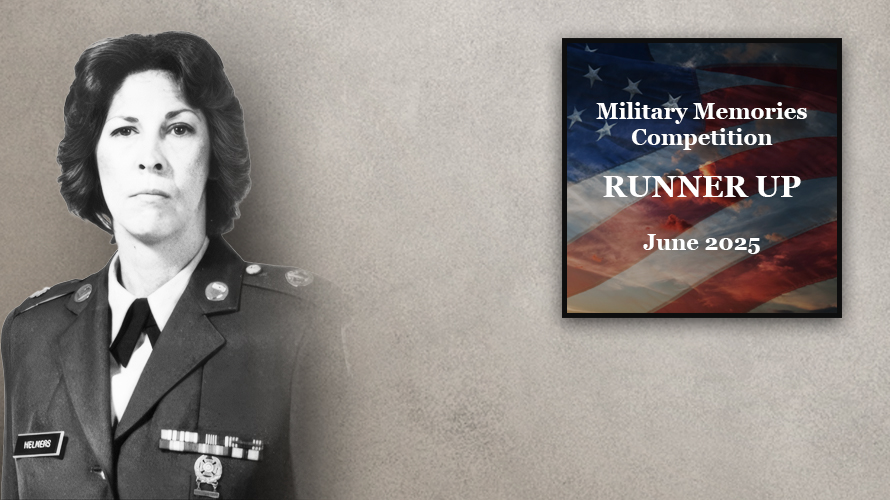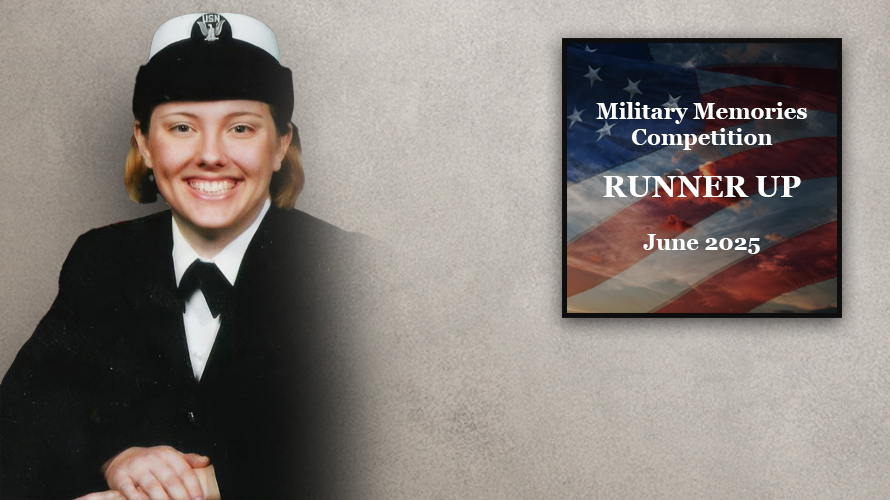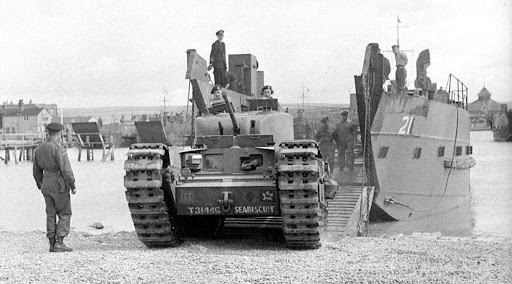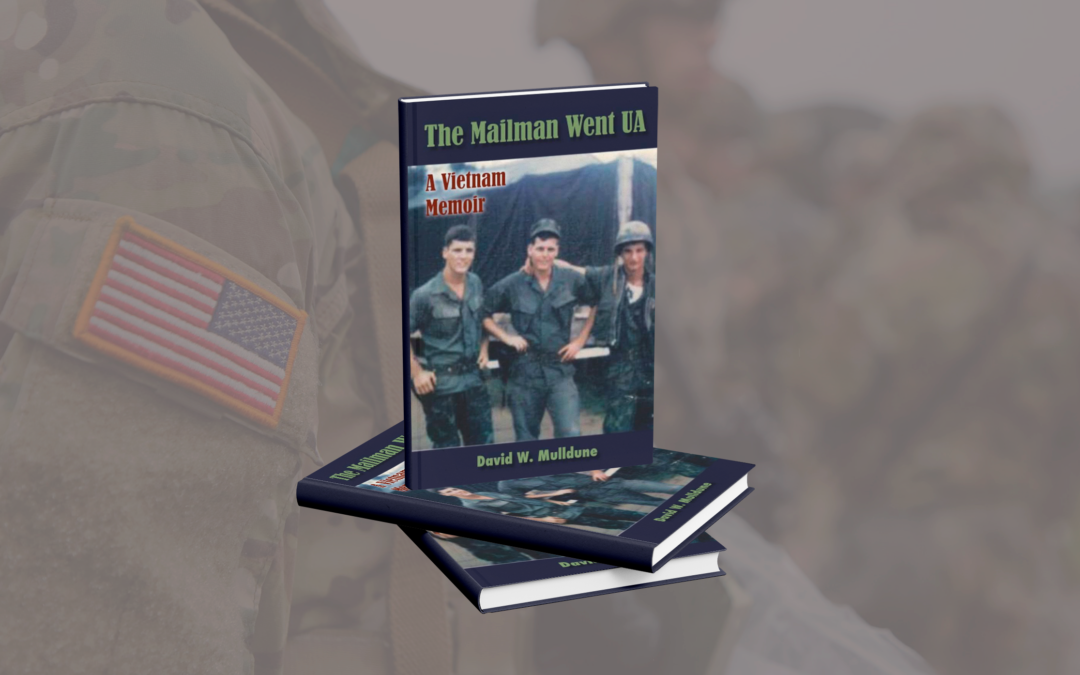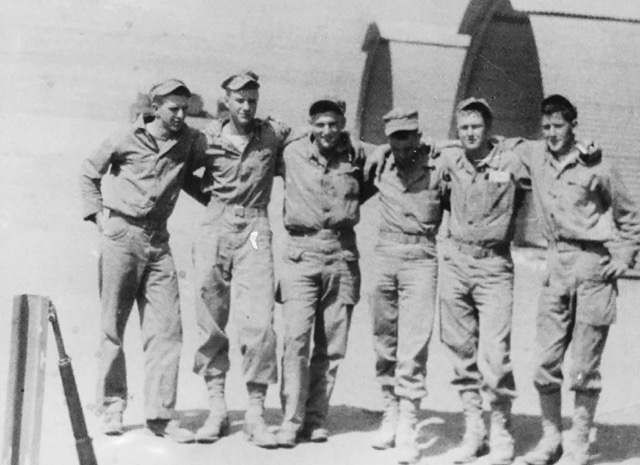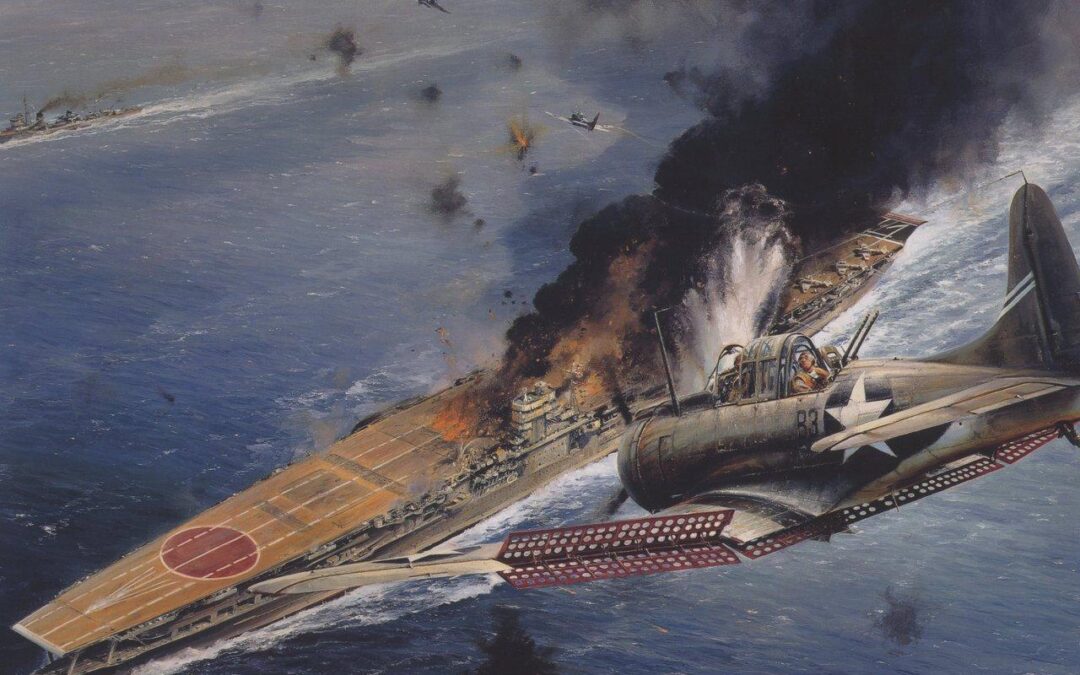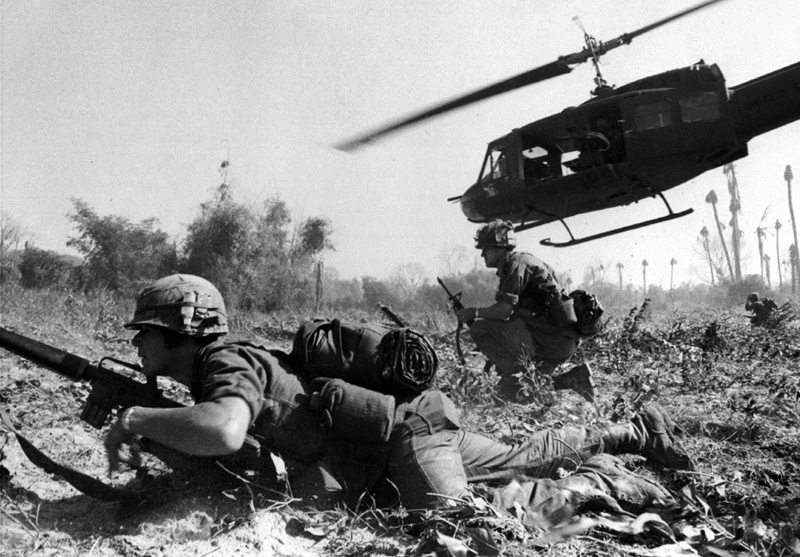Henry Johnson was a World War I soldier who singlehandedly beat back a German assault while critically wounded. He was a great American hero and received the highest military honor of two different countries. One of those countries, however, his very own, didn't bestow that medal until nearly 100 years after his service in WWI. The honor this man deserved was not awarded by the U.S. government upon his return home, because he was black. But that racism was eventually overcome, if only by the...
